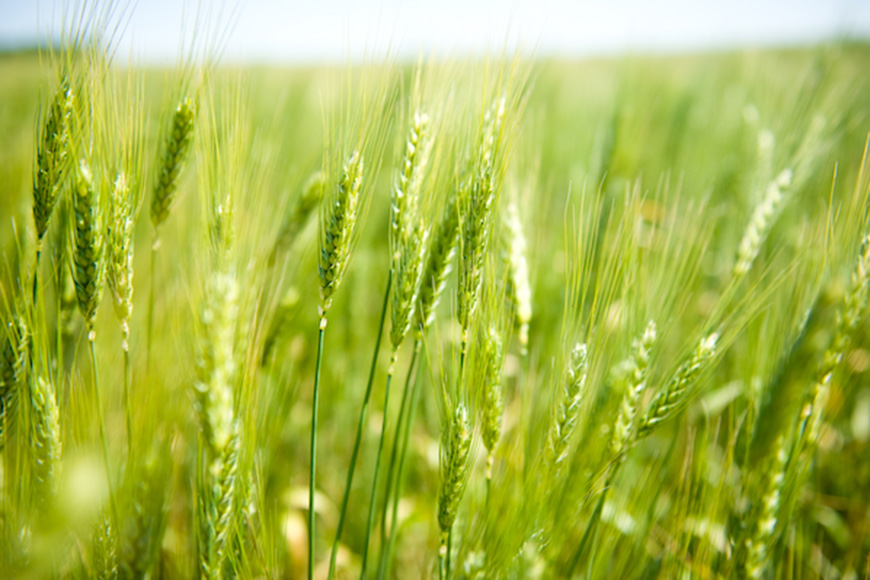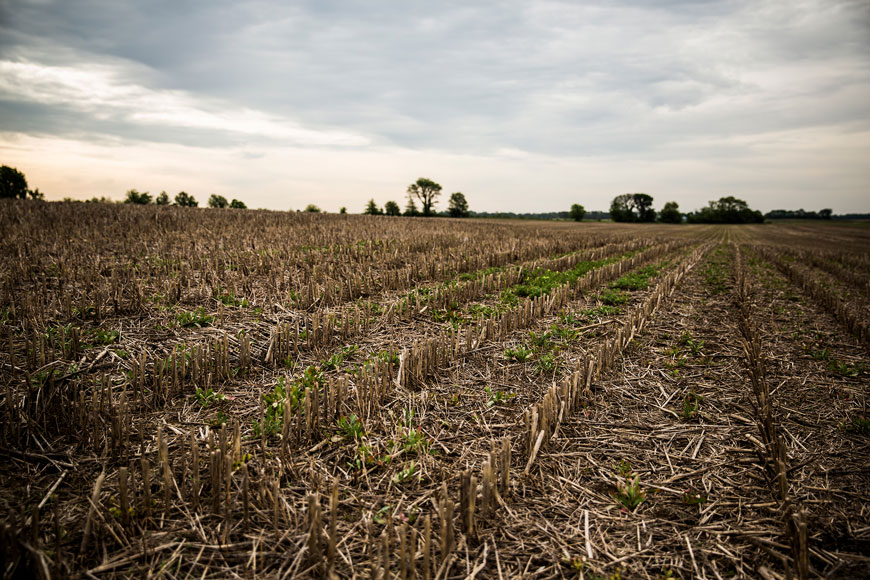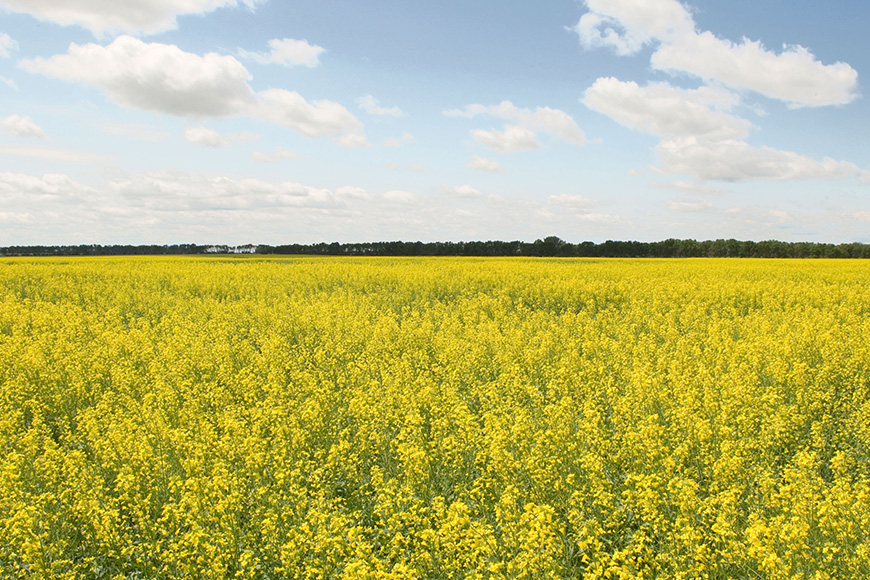6 Tips for Selecting the Right Wheat Varieties

In many areas of the U.S., winter wheat will soon be planted if it hasn’t been already, and spring wheat will be taking root next March or April. Whether you’re finalizing this year’s winter wheat selection or shifting your attention to next year’s varieties, taking a season-long, holistic approach can result in optimized ROI and yield potential. Here are some tips for selecting a variety to help you get the most out of your wheat seed at every stage of the season.
1. Understand your soil.
Do you have soil that will respond favorably to inputs and high management or is it fairly marginal? Is your goal to drive yield or are you using wheat as a rotational crop? If you want to drive yield, consider mapping out your wheat field using satellite imagery to help recognize where your best and worst soils are. This will help you better manage and variable rate your inputs to increase ROI potential.
2. Consider the environment.
Are your wheat fields normally dry or do they retain good moisture? What diseases have you had in those fields? Today’s advanced wheat varieties allow you to make tailored choices to best suit your stressed acres and your acres with high yield potential. Depending on a field’s typical disease pressure, consider whether the variety contains a defensive package to manage key diseases like Fusarium head blight and bacterial leaf streak. Your retailer can help you determine the disease package that’s most appropriate for your region.
3. Protect your seed.
For acres with high yield potential, it’s worth investing in a quality seed treatment. Warden® Cereals WRII seed treatment contains four fungicides and an insecticide to provide early-season systemic protection and to promote successful growth and development. Ascend® Pro plant growth regulator is another great option to consider. Containing a combination of three effective plant growth regulators, it supports improved germination, uniform emergence, root growth and plant vigor early in the grow season. Having your wheat crop emerge and flower at the same time enables more effective management all season.
4. Know your nitrogen needs.
When considering a variety, take a look at its response-to nitrogen (RTN) score to get a feel for its nitrogen needs. All CROPLAN® wheat varieties are scored as having a low, medium or high response to nitrogen to better help you manage your nitrogen inputs appropriately. If you choose a high-RTN variety, have a plan for how you’re going to bring that nitrogen to the plant, whether it’s a healthy upfront rate or topdressing. Low-RTN varieties will likely handle tougher soil conditions with less nitrogen availability.
5. Anticipate your fungicide use.
Like nitrogen, every wheat variety responds to fungicides differently. Along with RTN scores, CROPLAN wheat varieties also have response-to fungicide (RTF) scores. Varieties with high RTF scores are ones that benefit the most from fungicide applications, typically leading to a higher return on investment when a premium fungicide is applied. With low-RTF varieties, a lower cost fungicide is often adequate.
We have discovered in testing through our Answer Plot® program that a premium fungicide, in this case Nexicor™ Xemium® brand fungicide, provided a higher response than a generic propiconazole fungicide when applied at flag leaf to two high-RTF CROPLAN wheat varieties:
- CP3530: Average yield increase, 7.2 bu/A; ROI increase potential, $26.26*
- CP3099A: Average yield increase, 10.8 bu/A; ROI increase potential, $44.98*
6. Plant at the right population.
Wheat varieties also have different responses-to population (RTP) and it’s critical to adhere to the recommended population on the seed bag. For example, if a CROPLAN variety has a recommended planting population of 1.2 million seeds per acre, plants will likely put on a bigger head and more tillers. If you push that to 1.8 million seeds per acre, the heads will likely shrink, the tillers will disappear and stems may get finer, causing the plant to fall over and making harvest more difficult. Plus, you’ll have roughly the same number of kernels you would have had with the lower population. On the flip side, if you choose a variety that should be planted at a population of 1.8 million seeds per are, it will probably stand tall and yield optimally. But if you drop the population, the wheat head won’t flex, you won’t get more tillers or kernels, and yield potential may be lost.
Ready to dive into wheat?
If you’re a farmer who wants to push the limits of your production capabilities, CROPLAN wheat varieties might be right for you. Talk with your trusted advisor about selecting the right wheat varieties to help you help you achieve your goals and set some new ones.
*$5.20 HRSW price based on Sept ’20 wheat future as of 5-8-20; national wholesale price of Nexicor™ is $220.25/gal or $11.18/A. Field information based on 2019 Answer Plot data.
All photos are either the property of WinField United or used with permission.
© 2021 WinField United. Important: Before use always read and follow label instructions. Crop performance is dependent on several factors many of which are beyond the control of WinField United, including without limitation, soil type, pest pressures, agronomic practices and weather conditions. Growers are encouraged to consider data from multiple locations, over multiple years and to be mindful of how such agronomic conditions could impact results. Answer Plot, Ascend, CROPLAN, Warden and WinField are trademarks of WinField United. All other trademarks are the property of their respective owners





